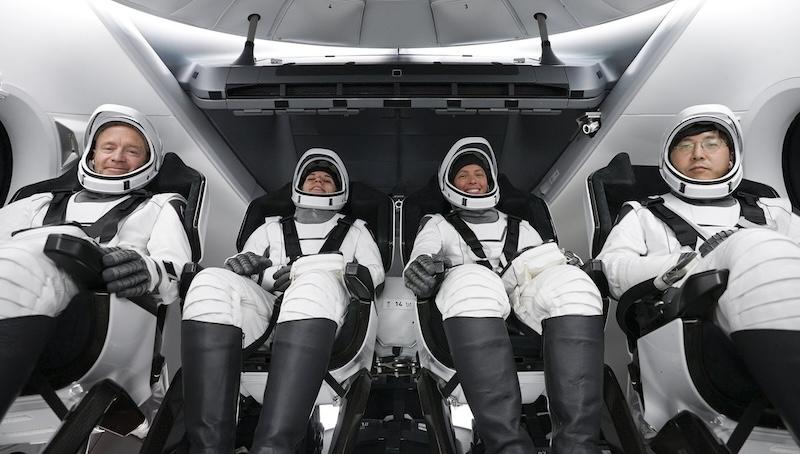
The Fram2 crew will become the first people to view the planet’s polar regions from orbit as they fly 273 mi. above Earth and inclined 90 deg.
Credit: SpaceX
CAPE CANAVERAL—SpaceX launched its third free-flying space charter on March 31, sending a quartet of adventurers into polar orbit, a first for a human spaceflight. Strapped into the Dragon spacecraft was cryptocurrency entrepreneur Chun Wang, a Chinese-born citizen of Malta. He organized and...
Subscription Required
SpaceX Launches Private Space Crew Into Polar Orbit is published in Aerospace Daily & Defense Report, an Aviation Week Intelligence Network (AWIN) Market Briefing and is included with your AWIN membership.
Already a member of AWIN or subscribe to Aerospace Daily & Defense Report through your company? Login with your existing email and password.
Not a member? Learn how you can access the market intelligence and data you need to stay abreast of what's happening in the aerospace and defense community.





